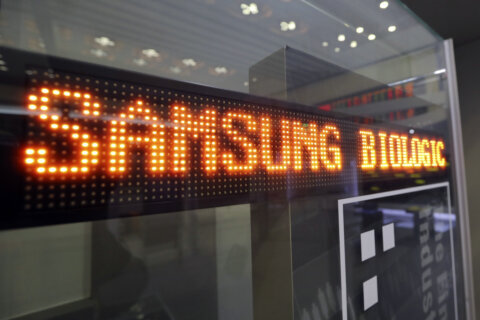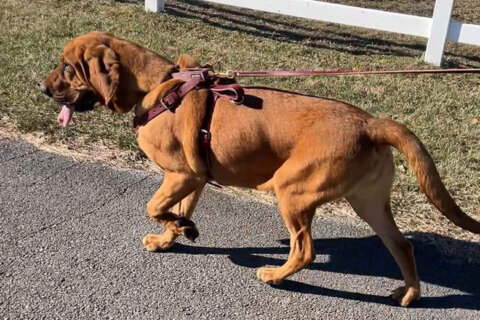More people are dying on Montgomery County, Maryland, roadways, despite efforts to reduce traffic deaths through its Vision Zero initiative.
According to data submitted to the Montgomery County Council on Tuesday, 28 people were killed in crashes from Jan. 1 to Aug. 31 — compared with 18 fatalities during the same period in 2021.
“We all join these Vision Zero briefings to talk about safety and getting to zero,” said Kristy Daphnis of the county’s Pedestrian, Bicycle and Traffic Safety Advisory Committee, referring to the goal of the program to get to zero fatalities.
But she said, ticking off the names of people killed in crashes so far this year, “This is what Vision Zero looks like in Montgomery County.”
Daphnis mentioned the challenges that schoolchildren face crossing streets to get to school, and said one of her own daughter’s classmates was recently hit by a car.
“I could sit here in this seat, and say: ‘Everything’s great. We’re doing an amazing job of preventing deaths. We’re fixing all of our roadways.’”
But she continued: “If I were to say this, I’d be lying. The truth is our neighbors are dying.”
Wade Holland, the county’s Vision Zero program manager, told the council that 72% of fatal crashes were happening in daylight hours.
“Typically in the past years, it’s only 40%,” he said.
Montgomery County police Capt. Brian Dillman told the council there is some good news related to efforts to increase safety: The number of infractions recorded by automated enforcement systems is down.
“It is having an effect in dealing with speeders,” he said.
Council President Gabe Albornoz asked the panel of transportation officials why it takes so long for new traffic signals or improvements to be installed at locations that are known to be dangerous.
“It is maddening that after a collision occurs, we know what needs to be done, and we wait months, and in some cases years [for a fix],” he said.
Along with bureaucratic hurdles, Holland said, there are funding issues.
“We have 800 signalized locations in the county,” he said. “We have 5,000 lane miles of roads. We have a lot of things we know that need attention that need it now.”
But the question, he said, is how much can be done in a given year.
“If I could do it all this year and fire myself? I’d be out the door,” Holland said, referring to the Vision Zero goal.
Council member Andrew Friedson represents Bethesda, where two teenage cyclists were killed along Old Georgetown Road in collisions just three years apart.
Referring to the deaths of 18-year-old Enzo Alvarenga, who was killed in June, and 17-year-old Jake Cassell, who died after being struck by a vehicle along the same stretch in 2019, Friedson called for road design changes.
“Pylons were added after Enzo died; the original bike lane happened after Jake died,” Friedson said. “We have to get to a situation where we’re making some of these changes before somebody dies.”
Council member Evan Glass told the panel that he, like his colleagues on the council, gets alerts from government agencies that track traffic incidents.
“Almost every day someone gets hit, and every week, someone’s been killed,” Glass said, “and every time my phone pings with the department of transportation or the police department updates, my heart sinks.”
Dillman was asked about the automated traffic enforcement program. He said that by 2026, the county could have a total of 216 speed and red light cameras throughout the county.








